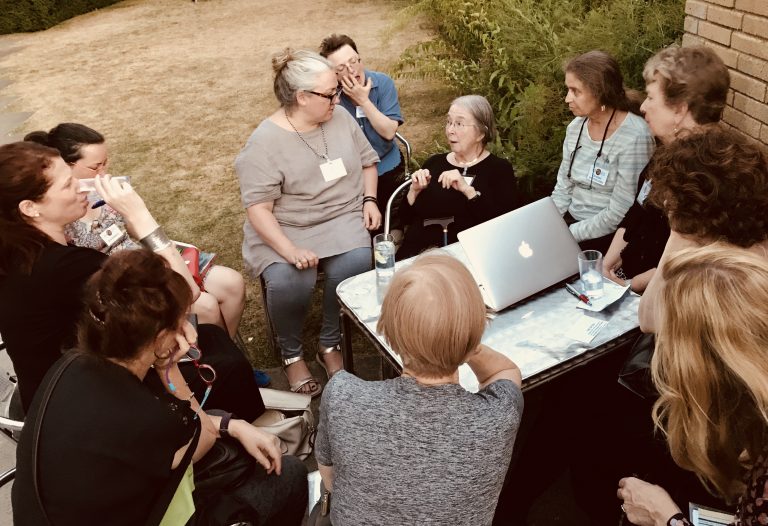
Oxford Food Symposium and The Sifter
As its name suggests, The Sifter, a database for the analysis of cookbooks that allows searchers to sift out the information they actually want, first saw the light of day in its final form at the on-line-only Oxford Food Symposium of 2020.
Now fully fledged and welcoming contributions from Symposiasts and knowledgeable others, The Sifter has evolved through decades of background research by culinary historian Barbara Ketcham Wheaton. Honorary Curator of the Schlesinger Library at Harvard, founding Trustee of the Symposium’s Charitable Trust (2004-7) and a generous and welcoming Symposiast since circa 1985, Wheaton is the author of the classic Savoring the Past: The French Kitchen and Table from 1300 to 1789 (1996) and a key contributor to The Oxford Companion to Food compiled and edited by the Symposium’s founding father, Alan Davidson.
An early appetite for computers and what they could do led to her plans for what was initially”The Cook’s Oracle” – a way for fellow-researchers to establish relationships among recipes in cookbooks from different historical periods. With the help of son Joe and daughter Catherine (among others), the idea evolved into what became The Sifter, a contributor-based resource following the Wikipedia model.
It was at the weekend gathering at St Catz in 2015, that the idea had its first public outing. Here’s what our most esteemed Symposiast proposed at the time:
Fifty years ago, when I fell into ‘reading old cookbooks’ I quickly found that it was difficult to remember where I had found any particular scrap of information. I tried to tabulate blancmange, using three-ring notebook paper.
In 1982, I was able to make a sorted index of all four volumes of Menon’s Soupers de la Cour. In the years that followed I tried a complicated non-electronic punch-card system which was completely unworkable, and then two different database programs chiefly notable for they ability to crash at the worst possible moments. I now use Microsoft Access.
A cookbook communicates to two audiences and in many more than two ways. The author speaks to his or her contemporary readers about their shared present but it also speaks to generations that come later. My database is tool that makes finding and comparing information in cookbooks less time-consuming than it is at present.
A food historian looks for many things besides recipes, such as: attitudes, connections between cookbooks, information about authorship, the place of cookbooks within the larger world of publishing and reading, and regional and linguistic practices and material culture. For some years now I have been teaching a five-day seminar on how to read cookbooks in a systematic way, reading for different criteria each day. This database makes such systematic study a great deal quicker. While there are only a few cookbooks completely analyzed at the moment, I have found that, like a magician’s hat, it is possible to take out of these books are great deal more than seems to be in them at first glance.
It is my intention that this database should become an ongoing, cooperative endeavor, available to all online.
Post-script: The Sifter now includes over 8,000 authors and almost 8,000 works with details about the authors and the contents of their works. To contribute your own knowledge, research and expertise to this ever-expanding resource, register (it’s free) at www.thesifter.org
